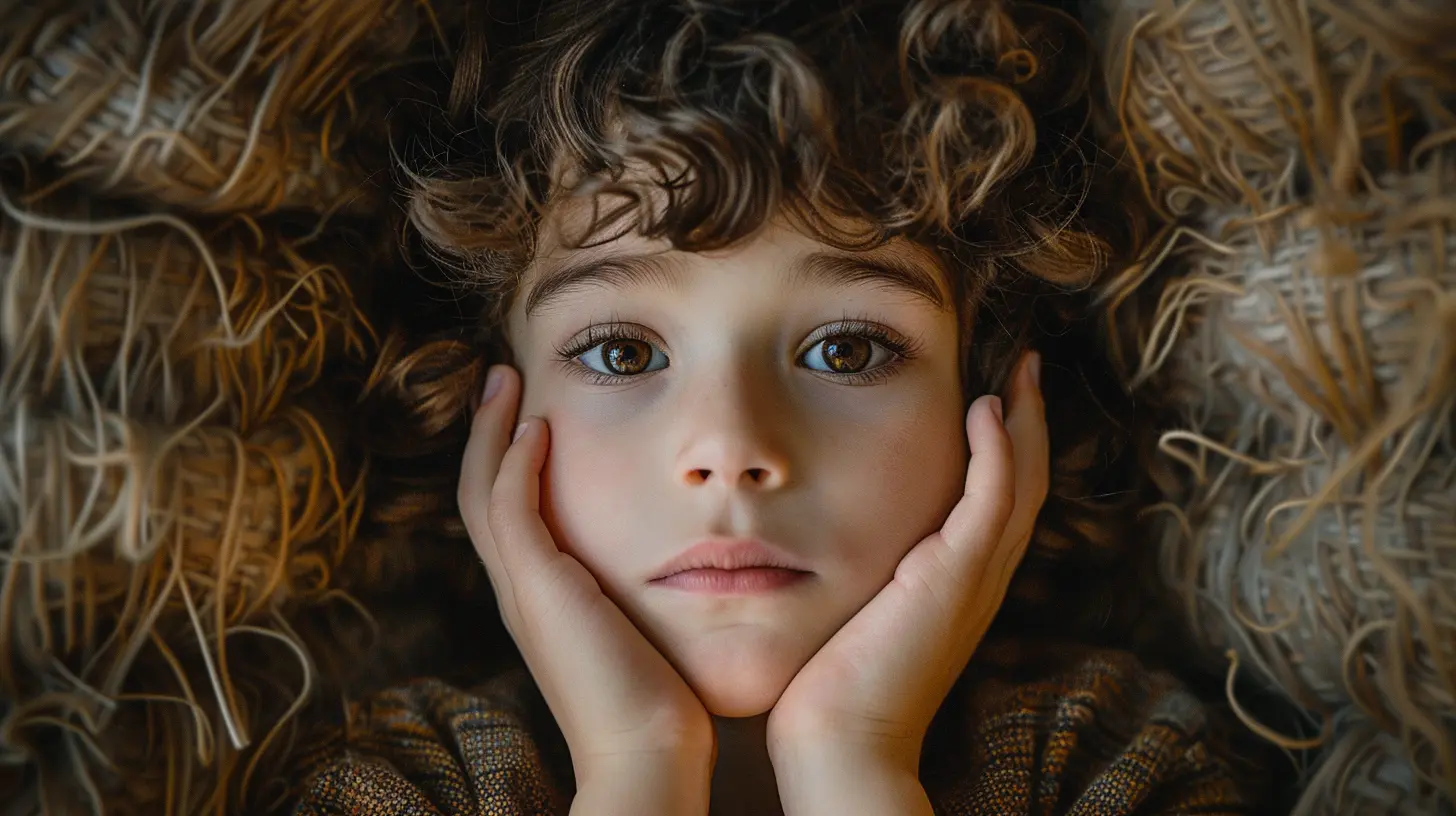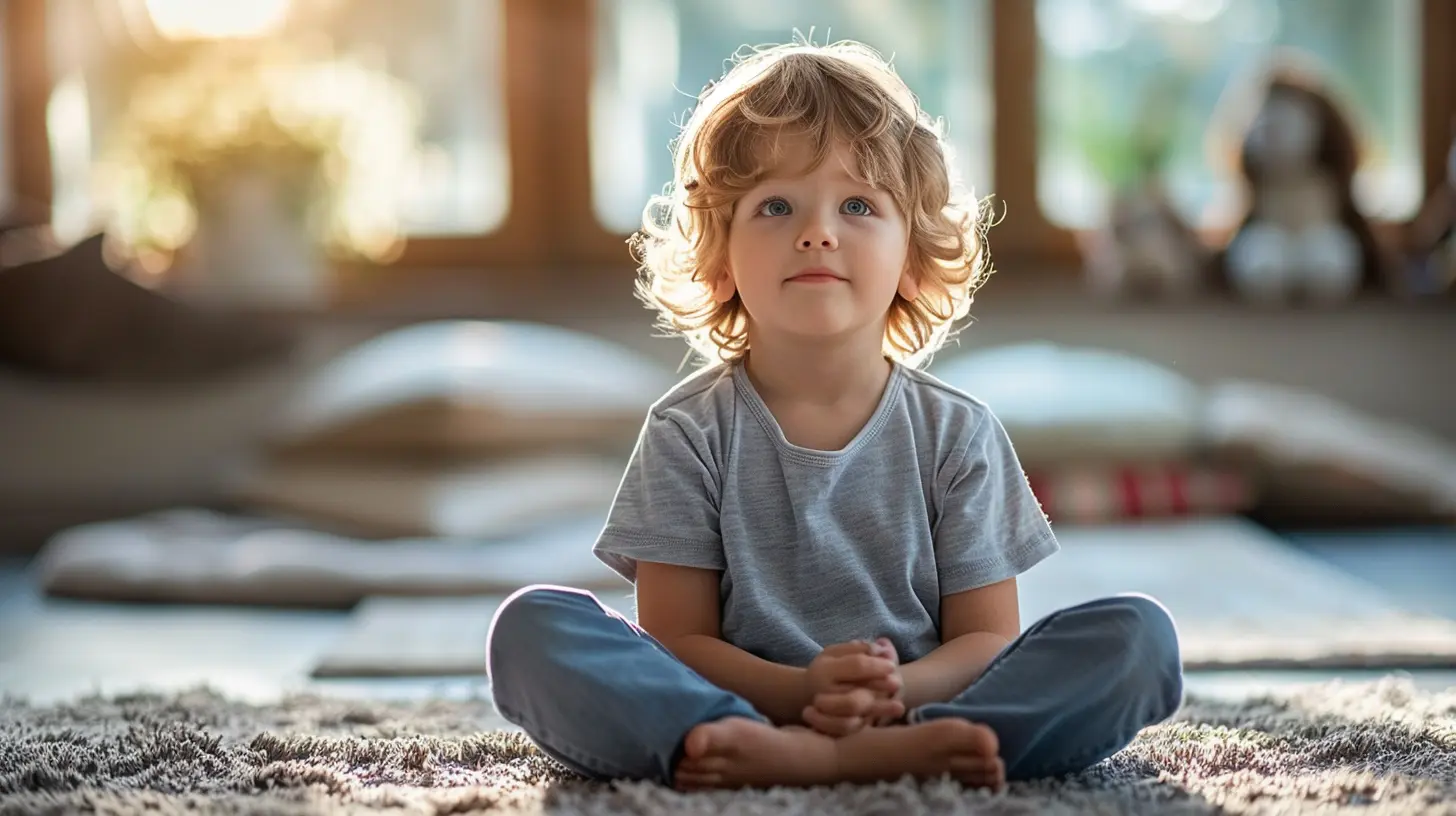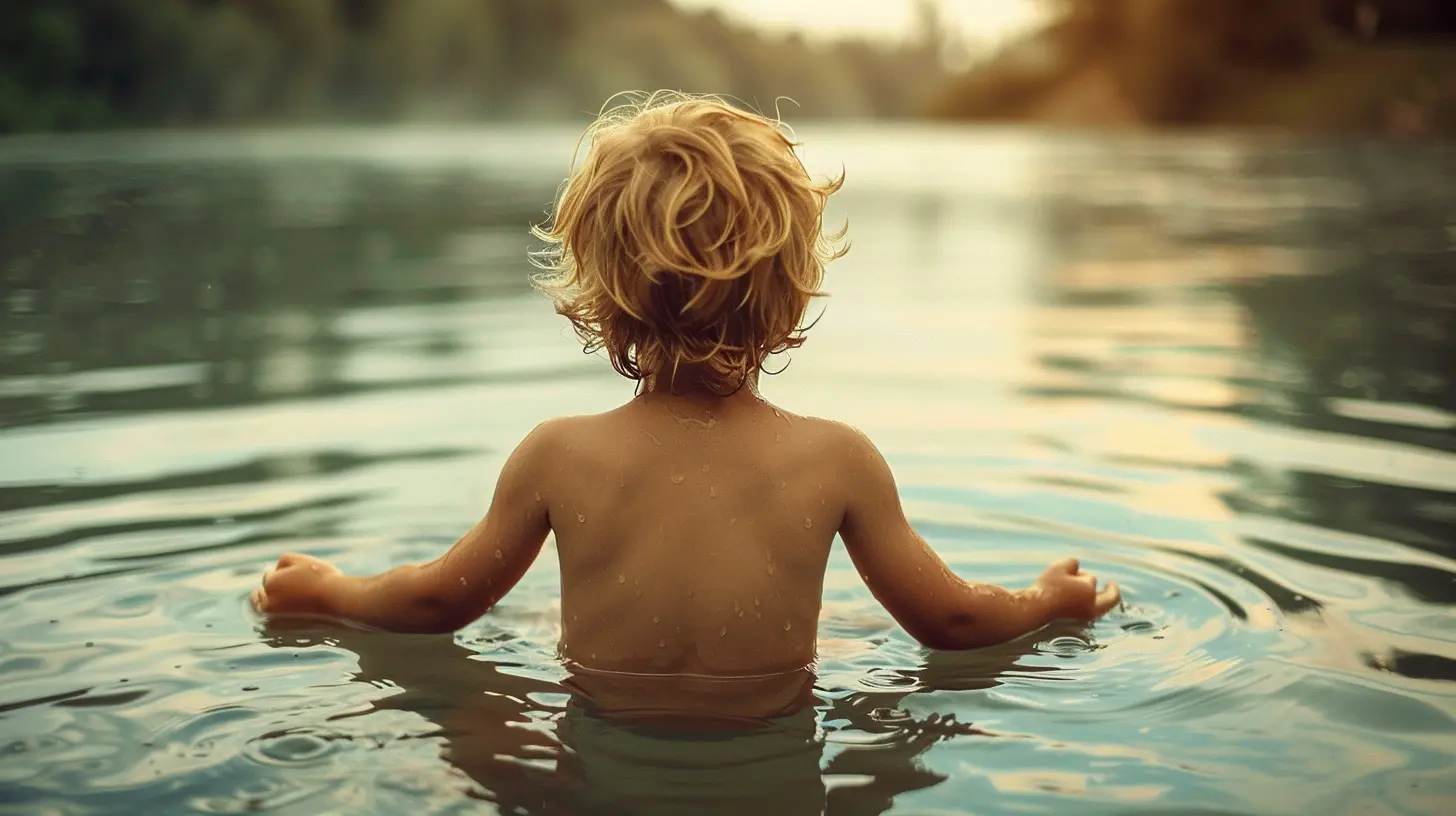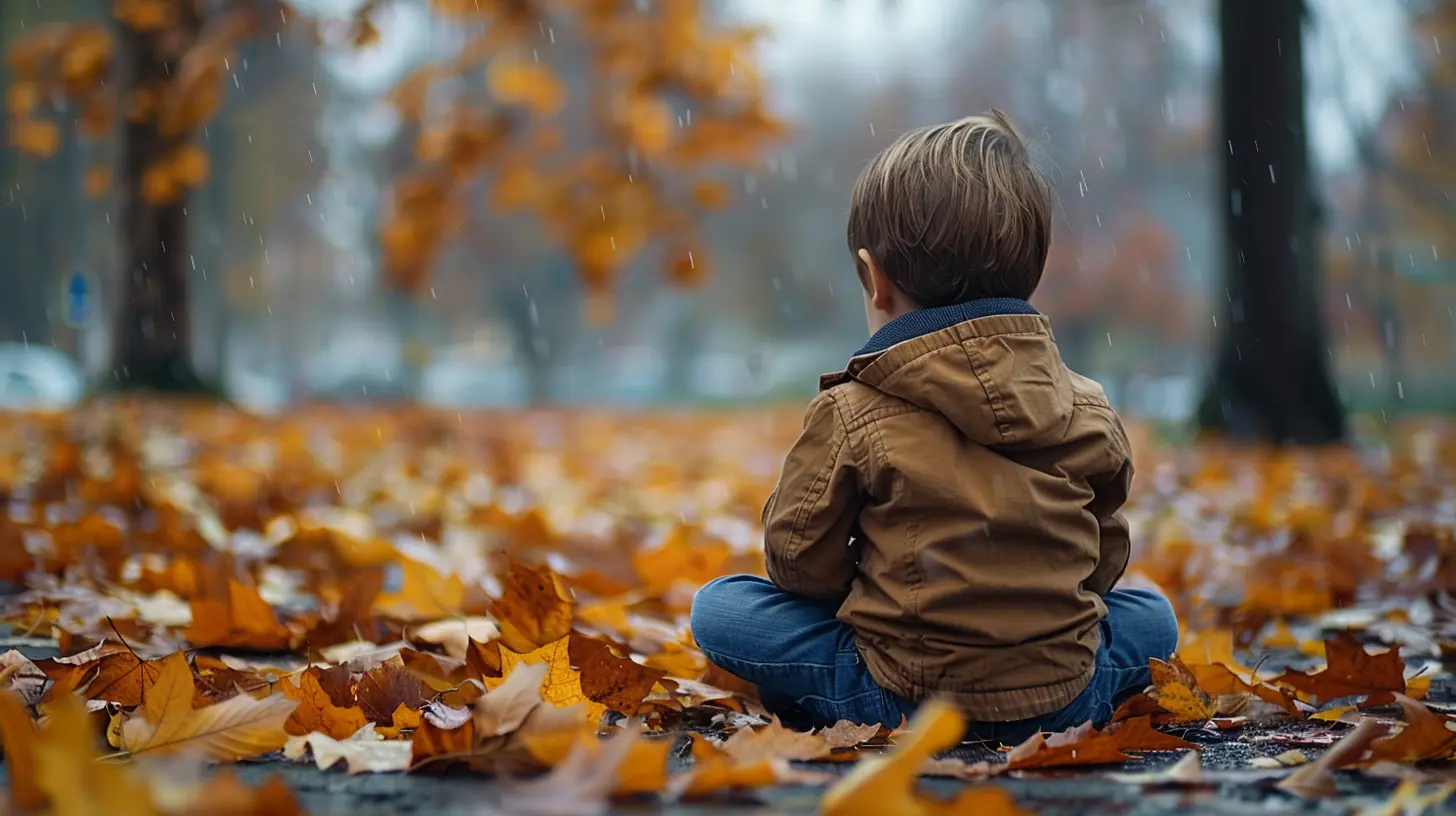Building Emotional Awareness in Kids by Example
19 October 2025
Parenting isn’t for the faint of heart. Between the meltdowns over the wrong-colored sippy cup and the never-ending negotiations at bedtime, it's easy to get caught up in just surviving the day. But if there’s one superpower you can pass on to your kids (aside from the ability to locate lost socks), it’s emotional awareness.
Helping your child understand their emotions—and just as importantly, how to handle them—sets them up for a lifetime of healthier relationships and better decision-making. And the best way to teach emotional awareness? Leading by example.
Let’s dive into how you can model emotional intelligence, making your home a judgment-free zone where feelings are acknowledged, understood, and effectively managed.

Why Emotional Awareness Matters
Before we get into the "how," let’s talk about why emotional awareness is vital.Kids who can identify and manage their emotions:
- Handle stress better
- Develop stronger friendships
- Have higher self-esteem
- Express their needs and feelings clearly
- Are more empathetic toward others
Essentially, emotional intelligence is like a Swiss Army knife for life—it helps kids navigate all sorts of situations with confidence.
But here’s the catch: Kids learn best by watching us. So, if you want to raise emotionally aware children, you need to walk the talk. 
1. Show, Don’t Just Tell
Ever told your child to “calm down” when they were losing it, only to have them escalate even more? That’s because emotions aren’t something we can switch off on command. Instead of just telling kids how to behave, show them how to handle emotions in real-time.Example:
Your child spills a full cup of juice all over the floor. You take a deep breath and say, "Wow, that was surprising! I feel frustrated when things spill, but it’s okay. Let’s clean it up together."By doing this, you’ve just modeled:
- Acknowledging emotions (frustration)
- Regulating emotions (not yelling)
- Problem-solving (cleaning up the mess together)
Your child sees firsthand how to handle frustration without a full-blown tantrum. 
2. Name Your Emotions Out Loud
Kids can’t process what they don’t understand. Help them by labeling emotions—both yours and theirs.Instead of bottling up your feelings, try sharing them in a simple, age-appropriate way.
Example:
Instead of muttering under your breath in traffic, say:"I’m feeling really impatient because we’ve been stuck in traffic for a while. But I know we’ll get there soon."
This small act shows kids that:
- Big emotions are normal
- Feelings don’t have to control our actions
- Emotions can be articulated rather than expressed through outbursts
When kids hear emotions labeled often, they develop an emotional vocabulary to express themselves better. 
3. Encourage (and Validate) Their Feelings
Nothing’s more dismissive than hearing "You’re fine" when you're clearly NOT fine. Kids feel emotions just as intensely as adults—sometimes even more so—but they lack the tools to process them.Instead of brushing off their emotions, validate them.
Example:
Your child cries because they lost their favorite toy. Instead of saying, "It’s just a toy, don’t cry," try:"I see you’re really upset because you can’t find your toy. That must be frustrating. Let’s look for it together."
This teaches kids that:
- Their emotions are valid
- It's okay to express feelings
- Problems have solutions
When you acknowledge their feelings, they learn to process instead of suppress.
4. Apologize When You Mess Up
Guess what? You’re human. You’ll have bad days, lose your patience, and react in ways you wish you hadn’t. That’s normal—and actually, it’s a great opportunity to teach emotional awareness.Apologizing to your child when you’ve overreacted or lost your cool models humility, accountability, and emotional regulation.
Example:
"I’m sorry for yelling earlier. I was feeling very stressed, but I should have handled my frustration differently. I’ll work on that."This simple act teaches kids that:
- Everyone makes mistakes
- Emotions are not an excuse for bad behavior
- Apologies are important
And let’s be real—seeing a parent own up to their emotions is incredibly powerful for a child.
5. Teach Healthy Coping Strategies
If your go-to stress relief is devouring a pint of ice cream while stress-scrolling through social media (no judgment), your kids will pick up on that. Instead, actively demonstrate healthier coping strategies.Some great alternatives to model:
- Deep breathing exercises- Taking a moment alone to calm down
- Journaling or drawing emotions out
- Talking about feelings instead of bottling them up
- Exercising to release frustration
The more they see you using these techniques, the more likely they are to do the same.
6. Encourage Empathy by Practicing It
Emotional awareness isn't just about understanding our own feelings—it’s also about recognizing and respecting the emotions of others. That’s where empathy comes in.Show empathy in everyday situations, and your kids will follow suit.
Example:
If someone is struggling at the grocery store, say:"That person looks like they’re having a hard time. Maybe they had a tough day."
When kids see empathy in action, they learn to:
- Consider other people’s feelings
- Offer kindness
- Build stronger relationships
Teaching empathy isn’t about forcing kids to "be nice"—it’s about helping them genuinely understand and connect with others.
7. Make Emotional Check-Ins a Habit
Regularly talking about emotions makes it easier for kids to open up. Try incorporating daily emotional check-ins into your routine.Ideas for emotional check-ins:
- "How are you feeling today?"- "What was the best part of your day? The hardest part?"
- "Did anything make you feel upset or proud today?"
The more comfortable kids get with sharing, the more self-aware and emotionally resilient they become.
Final Thoughts
Raising emotionally aware kids isn’t about being a perfect parent—it’s about being an intentional one. By modeling emotional intelligence yourself, you're teaching your child how to feel, process, and express emotions in a healthy way.It won’t happen overnight (because, well, parenting), but every moment you validate, empathize, and regulate your own emotions teaches your child how to do the same.
And who knows? Maybe one day, when you're having a rough day, your child will be the one reminding you to take a deep breath. Wouldn’t that be something?
all images in this post were generated using AI tools
Category:
Mindful ParentingAuthor:

Max Shaffer
Discussion
rate this article
1 comments
Sylvan McAdams
Leading by example is the most powerful tool in nurturing emotional awareness. By openly expressing our feelings and showing empathy, we empower our kids to understand their emotions and develop meaningful connections. Let’s inspire together!
October 20, 2025 at 3:46 AM

Max Shaffer
Absolutely! Leading by example is crucial for fostering emotional awareness. Our openness sets the tone for our kids, helping them navigate their feelings and build strong connections. Let's continue to inspire them together!


